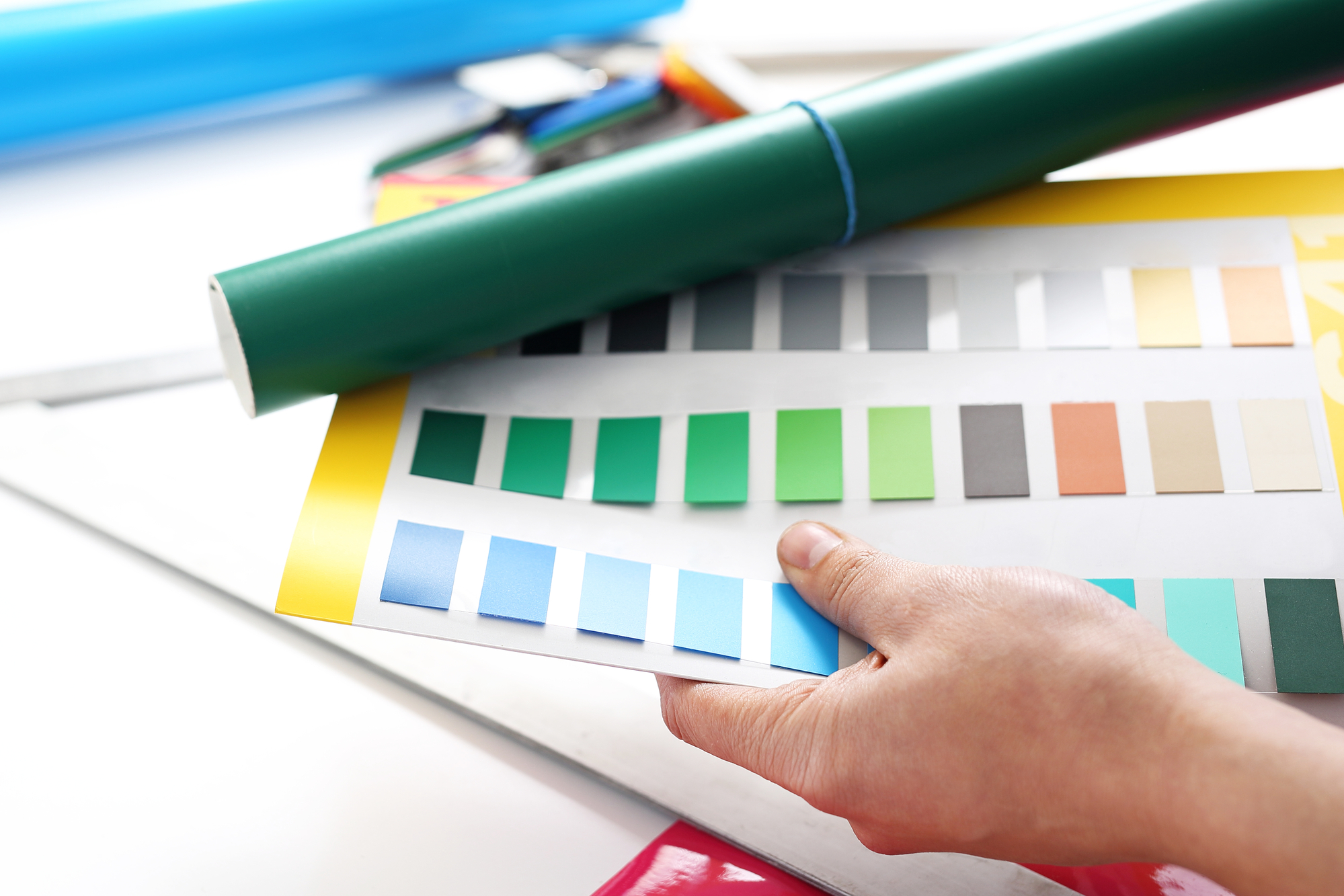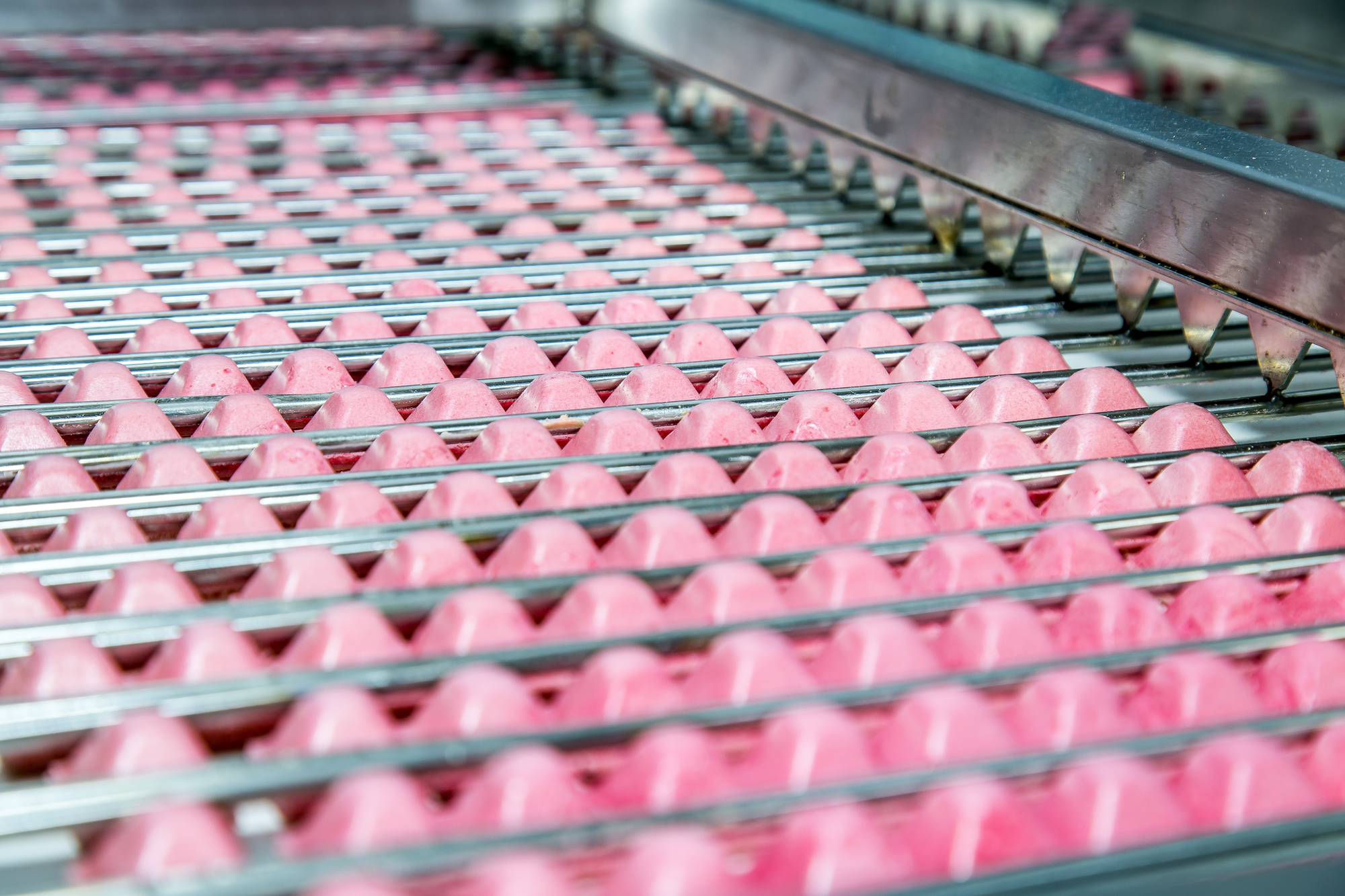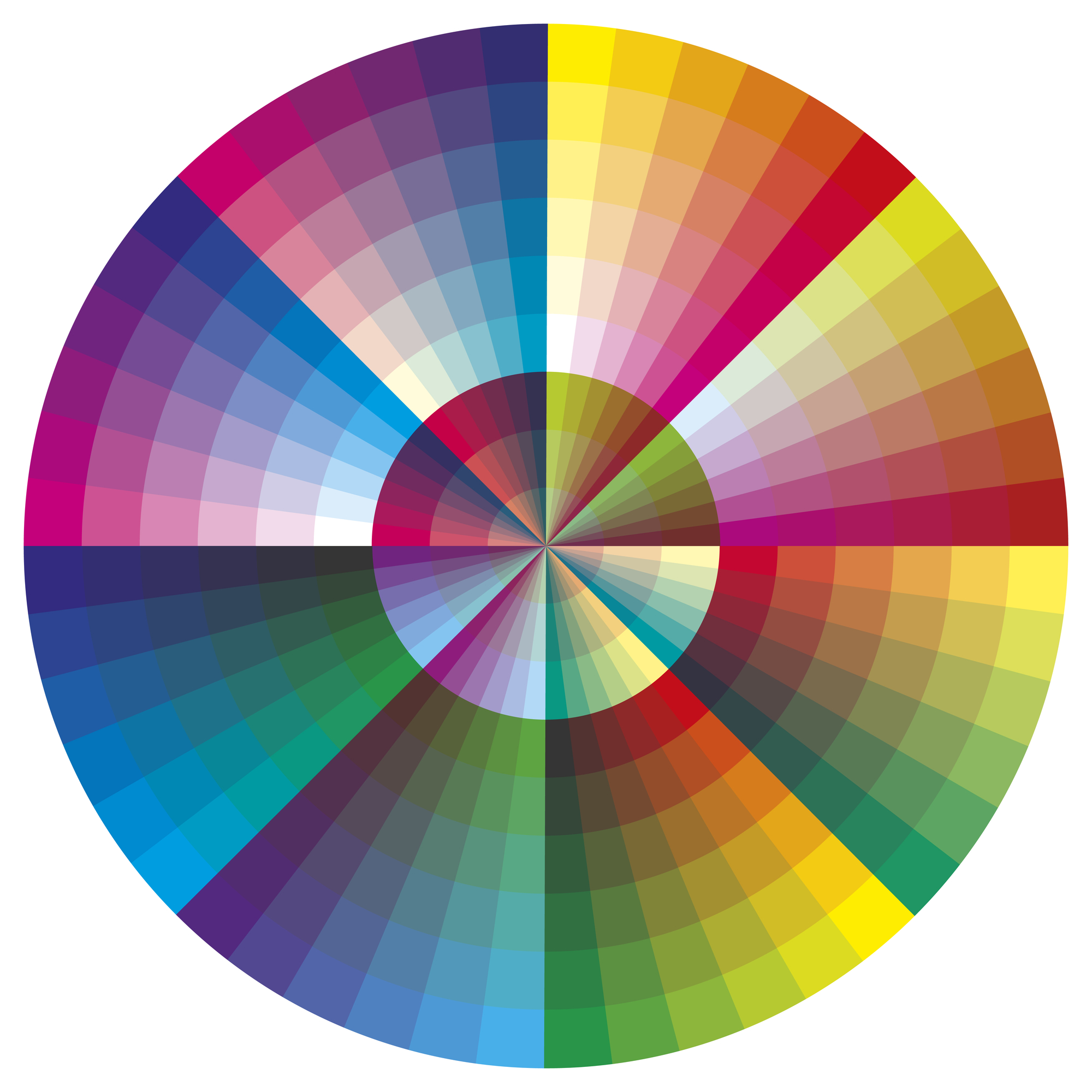From Pumpkin to Pantone – Color Matching Your Food Design
Volumes have been written about the psychology of color, and nowhere is this more apparent than in the food and confectionery design industry. Color is how we describe food.
Red, for example, evokes ripeness, berries and sweetness. Yellow is seen as the happiest color, while green is synonymous with healthy, natural food products.
Some colors conjure up seasonal emotions – red and silver for winter, black and orange for Halloween, pastel blues, yellow and green for Easter. Other colors become cultural touchstones. Orange, yellow and red are used as branding by most fast-food restaurant chains. Photos of blue-hued foods have become an Instagram fad.
Food color is about much more than collecting Facebook or Instagram likes, however. Penn State researchers explain “color can impact the taste of food, and our experiences and expectations can affect how we taste food.”
Color and other senses have a strong influence on the perception of taste. The International Association of Color Manufacturers (IACM) explores this on their ‘Why use Color’ page. They reference a 2007 study by Hoegg & Alba which assessed consumer preference for orange juice by varying the color intensity and/or sweetness level. In their study, they concluded that taste perception was influenced only by color change and not by changes in actual sweetness level.
“Flavour is not just as simple as the way it tastes as all the other senses come into play, and some can dominate the brain’s interpretation of food. For example, we have found there is a clear difference in the intensity of flavour people experience when we play with the colour of a drink with a tasteless and odorless dye. It is the same drink but people think it tastes better."
Regardless of the hue, color matters…which means color choices matter – and confectionery manufacturers are careful to find reproductions of their brand or product colors that are as accurate as possible. In the world of inks, colors and coatings, this practice is called color matching.
 The Color Matching Process
The Color Matching Process
Food science, colorant chemistry and technology have come quite a long way since the FDA first allowed artificial coloring in butter and cheese (federal oversight of color additives began in the 1880s). Chemistry and analytical instrumentation are exponentially more advanced.
The emergence of systems such as the Pantone Color Matching System (CMS) have standardized color selection – regardless of equipment. Pantone has been widely adopted by printers, and – by virtue of standardization – allows a universal color match.
Nonetheless, color matching challenges remain quite common.
From the standpoint of a color company, product color matching comes in many forms. In some cases, we’ll be provided a Pantone match. In other cases, we might be working to match a sample. Frequently we are asked for a recommendation – often within a certain color range – based on our experience working with some of the world’s largest brands over the last few decades.
Color Matching and Color Styling
An article in Doreen Becker’s Color Trends and Selection for Product Design captures the respective roles of color matching and color styling.
 “A common mistake among designers is that once they choose a color for a project they ask the manufacturer for an exact match. Many times the manufacturer must match a painted target or textile and reinterpret this color…if the designer will allow the manufacturer to interpret the color and provide a few different examples of color stylings then much time can be saved in going back and forth to achieve the perfect match which ultimately might be unattainable. Color styling also is frequently used to create and interpret color trend palettes. By allowing the color matcher the freedom of interpretation over an exact match, they are able to account for geographical differences in colors as well as the availability of raw materials for those regions. Of course, there is also a need for true color matches that must completely replicate the color of the desired target.”
“A common mistake among designers is that once they choose a color for a project they ask the manufacturer for an exact match. Many times the manufacturer must match a painted target or textile and reinterpret this color…if the designer will allow the manufacturer to interpret the color and provide a few different examples of color stylings then much time can be saved in going back and forth to achieve the perfect match which ultimately might be unattainable. Color styling also is frequently used to create and interpret color trend palettes. By allowing the color matcher the freedom of interpretation over an exact match, they are able to account for geographical differences in colors as well as the availability of raw materials for those regions. Of course, there is also a need for true color matches that must completely replicate the color of the desired target.”
Becker also points out that “color matching can be one of the most time-consuming and frustrating steps” – and it is certainly a truism of the food manufacturing industry (though compliance and regulatory matters rank high, as well).
We’ve seen this play out countless times as companies have turned to us when they were unable to get the color match they needed. In more than one instance, the confectionery customer wanted to shift away from individual powdered pigments to simplify prep, use and cleanup.
This desire to shift away from dry pigments is becoming a key consideration for candy and confectionery manufacturing companies. Rather than work with individual raw materials, manufacturers are increasingly looking for fully formulated, easy-to-use coloring systems.
Such solutions not only reduce manpower and prep/cleanup time, but also lessen the risks of mistakes – potentially impacting the accurate visual reproduction of brand colors, or even product safety. (This isn’t exactly shocking news. ‘Clean and easy’ is a favored approach in virtually any regulated manufacturing setting.)
When it Comes to Color, There is No Substitute for Accurate Samples.
Confectionery manufacturers all point to one common denominator for a successful color matching project: the timely availability of accurate color samples to speed the development process.
 The Full Spectrum of Color Choices
The Full Spectrum of Color Choices
It’s simple: color is one of the most important factors impacting consumer adoption and acceptance. Getting the color right is what matters.
Throughout our 60-year history, Colorcon has formulated customized products for the market comprised of ingredients from one of the broadest lists of raw materials to choose from – whether it be a synthetic or natural (exempt from certification) color. We have established relationships with many other suppliers of compliant materials - whether for medical devices & packaging, food and confectionery colorants, or food contact/packaging. This allows us to deliver the best lakes, inks and pigmented coating systems period.
For Confectionery Designers, Halloween is Right Around the Corner.
Let’s talk about your next confectionery color project! Contact us today to get started.